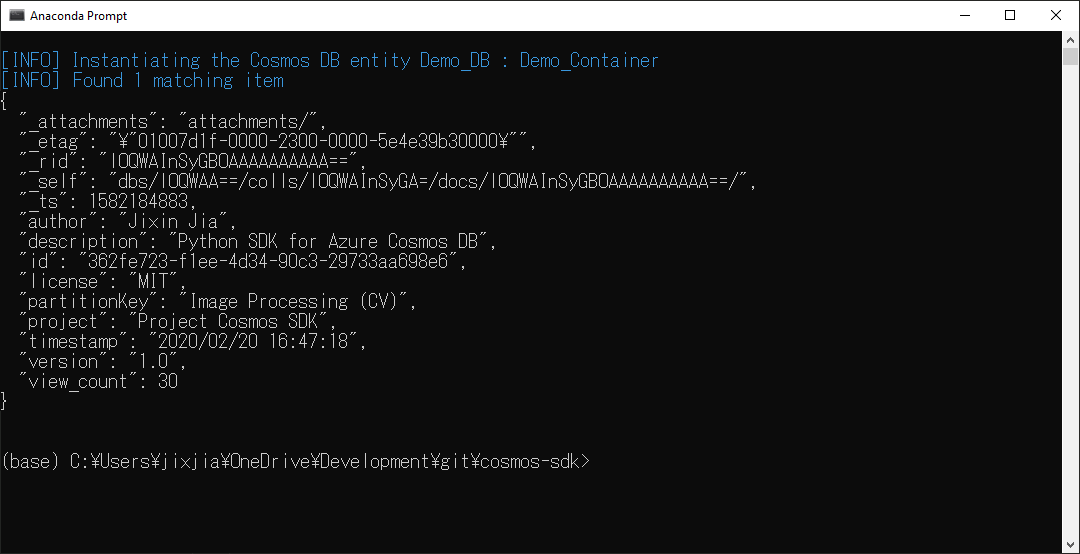

inplace: Make changes in the original data frame if True. Syntax: DataFrame.query (expr, inplaceFalse, kwargs) Parameters: expr: Expression in string form to filter data. Pandas provide many methods to filter a Data frame and Dataframe.query () is one of them. Official Django Forum Join the community on the Django Forum. Analyzing data requires a lot of filtering operations. Django Discord Server Join the Django Discord Community. #django IRC channel Ask a question in the #django IRC channel, or search the IRC logs to see if it’s been asked before. django-users mailing list Search for information in the archives of the django-users mailing list, or post a question. Index, Module Index, or Table of Contents Handy when looking for specific information. Getting help FAQ Try the FAQ - it's got answers to many common questions. How are the backward relationships possible?.Additional methods to handle related objects.Escaping percent signs and underscores in LIKE statements.Filters can reference fields on the model.Retrieving specific objects with filters.Saving ForeignKey and ManyToManyField fields.
#Python json query by date software
Kent Shikama donated to the Django Software Foundation to read () if file.json doesn't exist, db.data will be none set default data db. getcwd (), 'db.json' ) adapter jsonfile ( file ) db low ( adapter ) read data from json file, this will set db.data content db. Otherwise,īackwards relations may not work properly. import os from os import path from pylowdb import ( low, jsonfile, ) use json file for storage file path. Relationships and adds them when the related models eventually are imported.įor this reason, it’s particularly important that all the models you’re usingīe defined in applications listed in INSTALLED_APPS. Related models haven’t been imported yet, Django keeps tracks of the Is created, Django adds backward-relationships to any related models. Then the models module inside each application. Starts, it imports each application listed in INSTALLED_APPS, and Model classes are related to it until those other model classes are loaded? Repeat Yourself) principle, so Django only requires you to define theīut how is this possible, given that a model class doesn’t know which other The Django developers believe this is a violation of the DRY (Don’t Other object-relational mappers require you to define relationships on both How are the backward relationships possible? ¶ For example, here’s a valid asynchronous query: Using this distinction, you can work out when you need to use asynchronous Have asynchronous versions - the asynchronous name for each is noted in itsĭocumentation, though our standard pattern is to add an a prefix.



More logical way - look up what kind of method it is in the The method (for example, we have aget() but not afilter()), there is a While you could poke around and see if there is an a-prefixed version of But how are you supposed to tell the difference? Some, like filter() andĮxclude(), don’t force execution and so are safe to run from asynchronousĬode. Some methods on managers and querysets - like get() and first() - forceĮxecution of the queryset and are blocking. headline = 'Lennon Would Have Loved Hip Hop'. headline = 'New Lennon Biography in Paperback'. create ( name = 'Pop Music Blog' ) > Entry. create ( name = 'Beatles Blog' ) > pop = Blog. My_json_data = json.> from datetime import date > beatles = Blog. datetime, date or UUID ) which would normally fail with a simple json.dumps(foobar). If isinstance(item_date_object, (datetime.date, datetime.datetime)): pydantic can serialise many commonly used types to JSON (e.g. To fix this problem we can use a helper function to convert the datetime object into seconds as follows: import datetime In the above example, if you try to convert the first dictionary that contains datetime object it will output the following error: TypeError: Object of type datetime is not JSON serializable The result will be: Ĭonvert dictionary with datetime in json format Then use json.dumps method: Note that the following example will output an error if the my_dictionary is provided import jsonĭata_as_json = json.dumps(simple_dictionary) To convert any dictionary to json, first you need to import json module: import jsonĬonvert simple dictionary into JSON format To convert dictionaries to json you'll need to import json module in python.Ĭonsider the following dictionary # this example is taken from AWS S3 with boto3 library Python dictionaries are similar to json format, but they are not JSON.


 0 kommentar(er)
0 kommentar(er)
